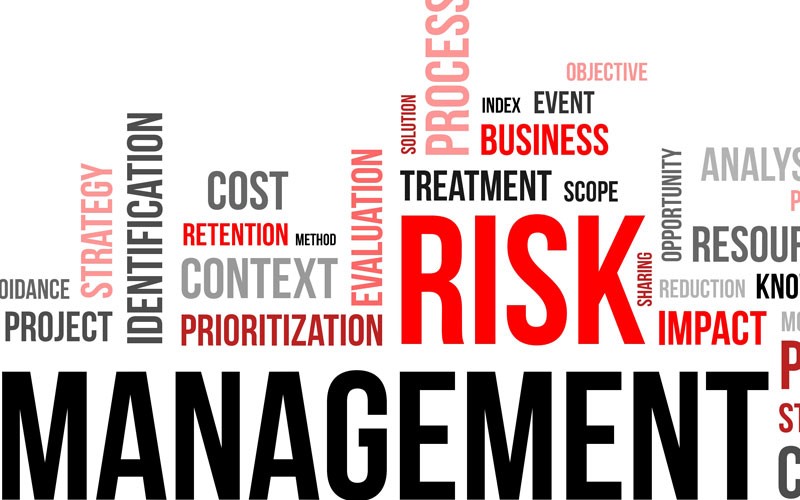


Beginner’s Guide to Risk Management when Day Trading
The main difference between professional and retail traders has to do with how risk is being managed constantly, according to a rules-based system. One of the main reasons why a lot of traders end up losing money is their inability to understand the nature of trading and why it’s different as compared to having a full-time job or a small business.

Source: https://smartmanagementcenter.com.tr/smccource/supply-chain-risk-management/
Alt-text: forex trading risk management
Why does risk management matter?
Risk management is a critical factor in day trading because no trader will manage to have 100% accuracy and end up with only winning trades. If we talk about beginners, the average accuracy is around 40-50%, with the potential for improvements as more experience is being accumulated. Having to deal with up to 50% losing trades should be the topic of another article, but since our focus is on risk management, we would like to mention how traders can develop a methodology to not be hijacked by any losing streak.
Usual risk management tools
Manual risk handling is how some of the beginners operate, but that’s not how things should be, because closing a trade when volatility spikes could be difficult. As a result, it is imperative that all trades have a stop loss set before the order is open. Traders must determine a market level which if reached, will communicate their initial market assessment had been wrong and they need to get out.
In addition to the stop loss, there should be a take profit target set around a key support/resistance area, where the market should turn. Beginners should pre-set the take profit and as they accumulate more experience, the take profit could be more flexible and adjusted based on the market performance.
Proprietary risk management tools
Some of the more reputable brokerage companies are offering additional risk management tools to help traders limit their losses. If we look at the tools available from easyMarkets, we can find that dealCancellation or Freeze Rate are designed to undo losing trades in exchange for a small fee, and freeze the market rate for a few seconds, respectively. Proprietary risk management tools like these can improve how traders deal with losses.
Keeping the probabilities on your side
We’ve already talked about basic and proprietary tools for risk management. Now we need to move ahead to a mindset that should be common among all day traders – a mindset that’s based on probabilities.
Given that not all of the trades will end up with a profit, we must find a method to leverage our profitable periods to compensate for the losing ones. That can be easily done by keeping track of the ratio between stop loss and take profit. Simply put, traders should also look to enter the market around key support/resistance areas (and place a tighter stop loss) as well as placing a take profit that proportionally higher. If the stop loss is 50 pips, the take profit should be a minimum of 100 pips.
That’s one of the main reasons why some traders are profitable and others aren’t. Risk management should not be turned into a complex issue since profitability can be achieved by diligently implementing a series of simple rules.
|
|